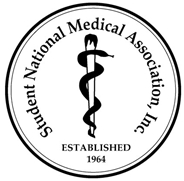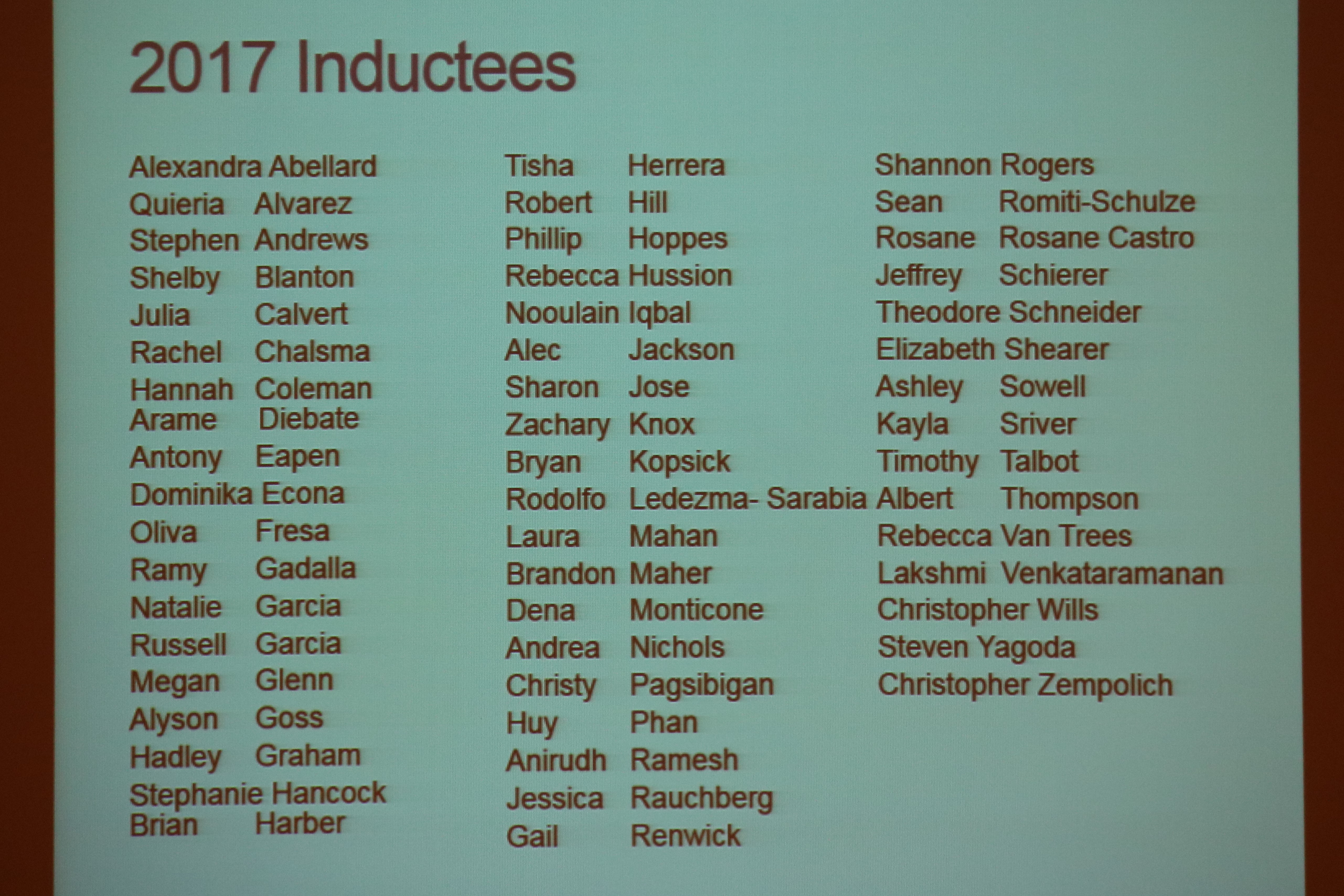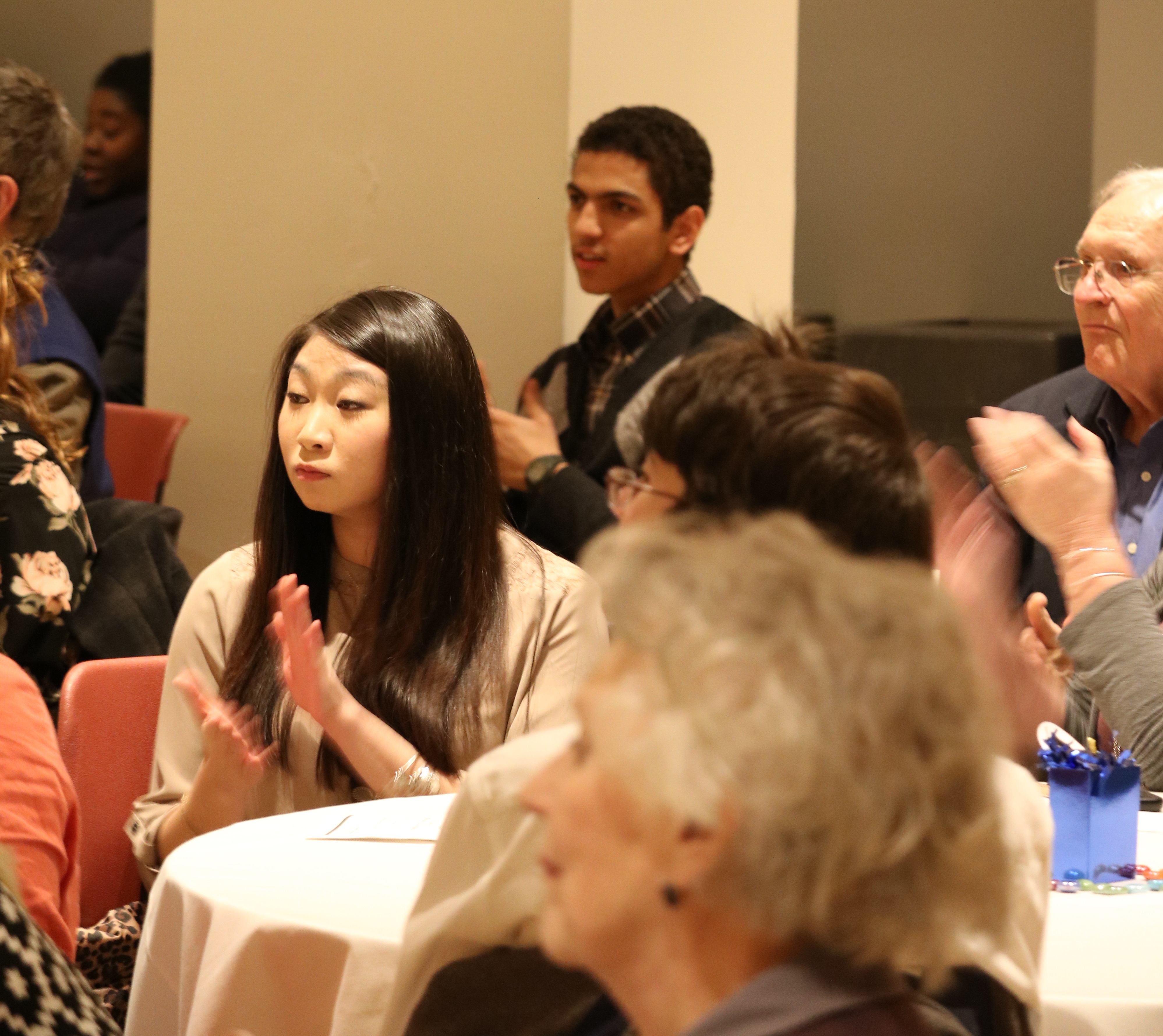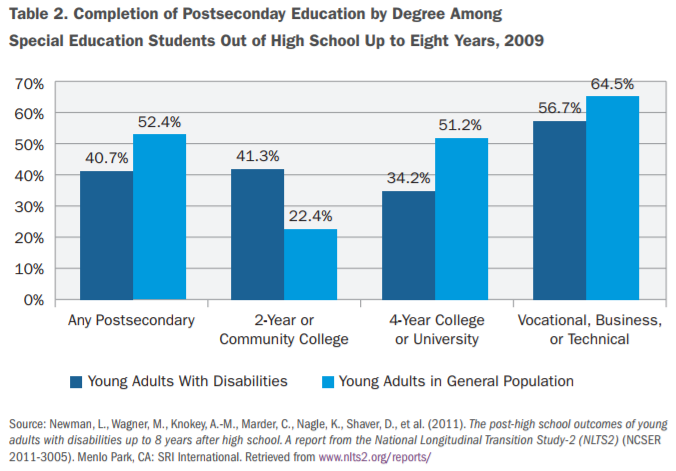Excellent Education at Mason – Honors Disability Students Shine Up
An education at George Mason is providing all students with general education requirements and lengthy laboratory components of classrooms that Harvard and Johns Hopkins lack. However, can the disability students handle the course load provided by George Mason?
The rigid curriculum involving general education requirements may pose some challenges on students with learning disabilities. Also, the lengthy laboratory components of certain classes, which may last up to four hours may cause serious problems to physical disability students, like those diagnosed with uncontrolled type 1 diabetes and need to regularly check their blood glucose measurements. The students interviewed for this research were honors students and registered with the Office of Disability Services (ODS). After research, I believe the well-balanced Arts and Sciences education at George Mason is providing disability students with opportunities to achieve their top choice when it comes to internships and graduate school. Despite the students’ complaints about the rigid curriculum, including general education requirements and lengthy laboratory components of classrooms that Harvard and Johns Hopkins lack, respectively, Disability students at George Mason are time and again showing they are excelling inside and outside the classroom, as proven by their track record in academic excellence, community outreach, and service awards.
Mason Disability Students broke the barrier when it came to attaining service awards and achieving high academic records.
In comparison to an Ivy league school, like Harvard, Mason contains lengthy laboratory components part of the classrooms. Also, in comparison to higher-rated schools, like Johns Hopkins, Mason has a rigid curriculum containing general education requirements. Mason’s honors Disability students managed, it seems, to utilize the rigid curriculum and lengthy lab components as prerogatives for their success. A Disability includes physical or mental manifestations that impair behavior as evident through a clinical pattern and real-life evidence. Approximately, 10-15-% of all undergraduates enrolled in postsecondary institutions have disabilities. Fifteen thousand undergraduate and graduate-level students at George Mason are registered with the office of disability services (ODS), having a 34.2-% graduation rate. With about ---% of those graduating with disabilities yearly also meriting honors, both Mason and its disability students ought to get credit for their hard work.
I first interviewed a graduating Senior at Mason who is a double major in Biology and Environmental Science and Policy and diagnosed during adulthood with ADHD about his experience at Mason.
Despite Asherson et al’s claim that ADHD diagnosis in adults is vague and “the latest of medical and psychiatric fashions,” the ADHD students diagnosed during adulthood and interviewed for this study had a real-life evidence and medical history which showed significant impairment but did not have access to psychoeducational evaluators during childhood.
“I’ve held positions as a research assistant in the microbiology and botany labs. I got feedback and support from mentors,” my interviewee mentioned. One thing that George Mason does well is that it actively seeks out students with disabilities, unlike more prestigious schools like Harvard and Johns Hopkins. Each of the two schools have about 30-% less disability students registered with their equivalents to ODS than George Mason.
Debunking the idea that Mason’s curriculum is not efficient
Despite Harvard's claims that lengthy laboratory components in classrooms are "not time efficient and well spent" and would rather allocate that time to independent research, Mason disability students used the lengthy laboratory components of classes to their benefit, to develop their skills. Students later articulated those practical elements of classrooms, tailoring them to employers’ needs, showcasing the valuable skills they learned.
I secondly interviewed a Mason, disability, senior. He is graduating with honors and diagnosed with ADHD and Learning Disabilities. He has a chemistry and biology double major and English minor. “I tailored my CV and cover letter to each employer’s needs using the practical components of classrooms and ended up receiving four interview offers so far at the National Institutes of Neurological Disorders and Stroke (NINDS),” he maintained. “Investigators [aka scientists] emphasize independent research skills,” my interviewee revealed, "more than laboratory components of classrooms, but they appreciate me being clear upfront during the interview about the nature of my experiences and are willing to teach me to get caught up with the work. I also received several affirmations that I was competitive for the MD-PhD program, which I am interested to pursue."
Despite that Johns Hopkins shows off their flexible curriculum, lacking general education requirements and which attracts top applicants, George Mason disability students use the rigid curriculum, including general education requirements to build a skill and undertake a minor, or perhaps a double major. George Mason students see general education classes not just as requirements but as incentives for a foundation to build upon in some more specialized fields in the future.
I also asked my second interviewee about the role general education requirements played in selecting his minor: "I tailored all the general education requirements to fit English classes and ended up fulfilling the English minor requirements. I am proud to have come to Mason. After all, Mason ranks close to the top 100 colleges in the nation (#104 according to US News) and the top school in English according to the opportunities available (PayScale College Salary Report)," he maintains.
Disability Students Harness their talents to do community outreach and service on and off-campus
I also sought to understand the burden of Mason’s curriculum on disability students by investigating their involvement outside their classrooms. My second interviewee started Ph.D., a club helping students with medical disabilities connect. I asked him about the opportunities available on campus, goals, achievements, and where they are heading.
We connect with organizations, like Mason Dining, The Perichoresis, and College Diabetes Network (CDN) to serve food to the homeless in the DC. Additionally, we collaborate with Archangel Michael Coptic Care Co. and Chain of Hope, raising funds to help third world countries overcome infectious diseases, like Hepatitis Virus C. As a result, the Provost Office awarded us the Community Service Award. The Dean and Provost also regularly recognize our students for their stellar and outstanding academic achievement records.
The curriculum at George Mason, it turns out, is not rigid after all. Also, the laboratory components may seem lengthy but the leadership and diversity opportunities available allow students to serve the community, build connections, and fulfill their potential.
Finally, discussions with the disability honor students on campus proved they are “impatient optimists” and showed that it’s not where you attend college but how you invest in it. It’s important to determine your strengths and weaknesses. It’s important to develop your strengths and not undermine your weakness. Our disability students have been able to harness their strengths and identify their blind spots to develop their skills. They used the general education requirements and laboratory components of classrooms to achieve their needs.
Revision Reflection
In this revision, I included the evidence in my thesis and made sure all evidence supports my thesis. I also made sure that my sentences were simple and not cluttered with too many statistics that were difficult to understand or explain. Instead, I broke the statistics into simple and separate sentences. I also omitted some information that was included in the earlier versions due to lack of evidence, for example, George Mason was not the top choice for many students was just the case in a communication class and does not apply to the rest of the university. I also made sure to make use of the They Say/I Say templates, like “According to both X and Y, _____.” Instead of X and Y, I stated the views of both Johns Hopkins and Harvard Universities. Also, “My view, however, contrary to what X has argues, is that ____.” Using that kind of a template, I made sure to present the counterargument, that is for Harvard and Johns Hopkins and argue against them.
This article helped me investigate the burden of Mason’s curriculum, specifically the lengthy laboratory components and general education requirements on disability students, particularly those with ADHD, learning disabilities, and diabetes.
I found statistical data about students with disabilities in Mason’s registrar office and office of disability services as well as over the web to state the urgency of the issue and its fundamental impact on our community. I also found people to interview and used personal experience to analyze examples.
I also addressed counterarguments based on Asherson et al. I used more logos integrated in the students’ discussion (statistics about Mason’s ranking). All the examples and anecdotes directly address the issue of Mason’s curriculum as it related to disability students – my main thesis and research question.
I found more statistics about the number of students with disability students at Mason compared with ivy league schools (more logos). Furthermore, my conclusion summed up the argument about the burden of Mason’s curriculum on disability students, looking towards the future. The hardest part was focusing my argument and revising my thesis and research question. The easiest part was talking with people and gathering the evidence.








